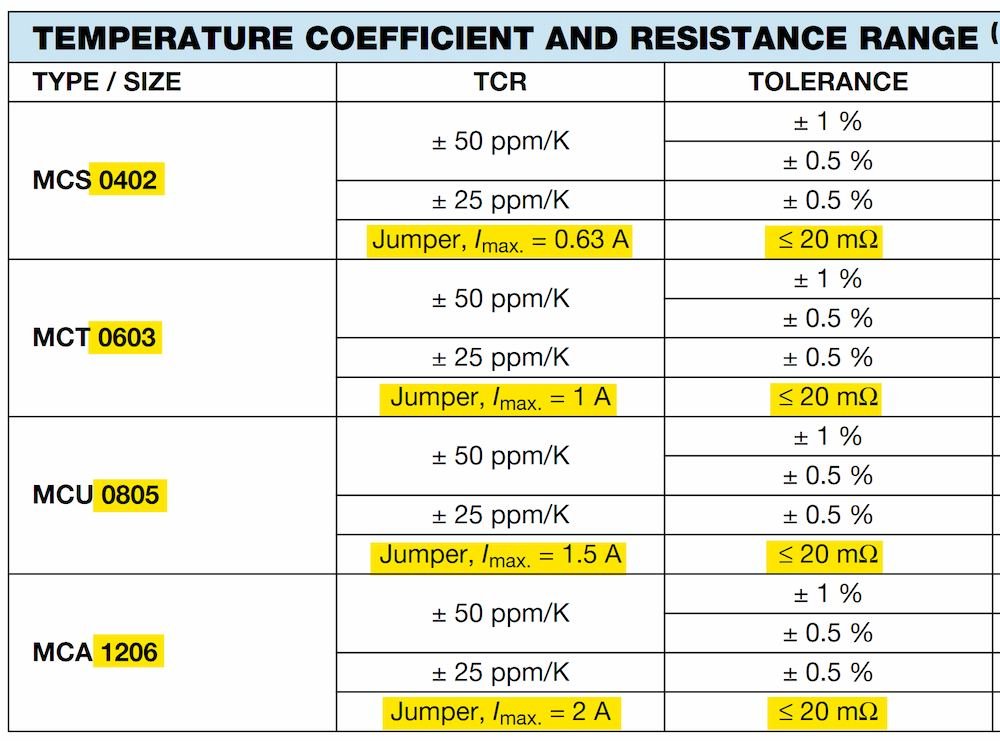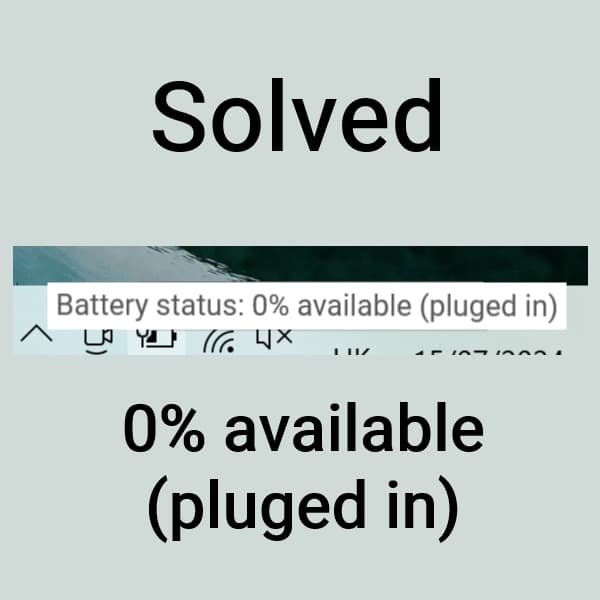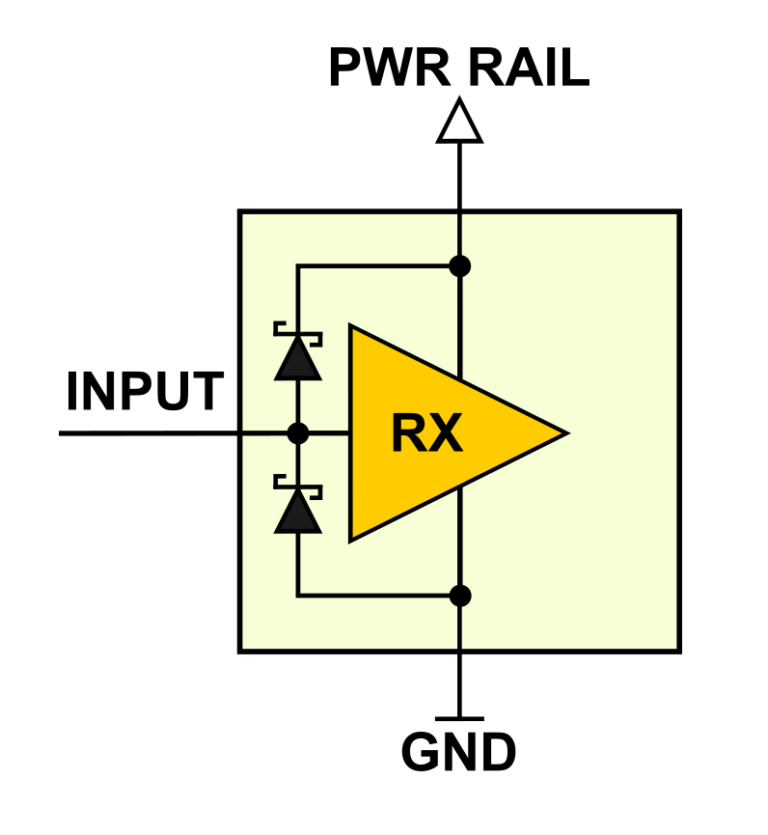In the world of electronic components, resistors play a crucial role in limiting or regulating the flow of electrical current in an electronic circuit. From the common carbon film resistors to the more specialized high-power resistors, each variant serves a specific purpose. However, there is one peculiar member of the resistor family that often raises eyebrows: the zero-ohm resistor. This blog post aims to provide an in-depth exploration of zero-ohm resistors, shed light on their nature, and examine the often overlooked topic of power ratings.
What is zero-ohm resistor
At first glance, the concept of a zero-ohm resistor may appear counterintuitive. After all, resistors are designed to impede the flow of electrical current, not just act as a wire. So, what exactly is a zero-ohm resistor? In simple terms, a zero-ohm resistor is a resistor that looks like a regular resistor in size and shape but has negligible resistance. These resistors do not have a true resistance of zero. Manufacturers specify the accuracy of these resistances, which can make the value of a zero-ohm resistor as high as 50 milliohms. But still, it essentially functions as a jumper to connect two points on a printed circuit board (PCB), allowing the current to flow freely. Hence, it is often called a jumper.
Zero-ohm resistor power rating
As we mentioned earlier, the resistance of a jumper (keep in mind that a jumper in this context is a zero-ohm resistor) is not equal to zero ohms. The jumper is actually still a resistor; it just has a very small resistance that can vary from manufacturer to manufacturer. While resistance is not a significant concern for zero-ohm resistors, they do have a power rating, which is often overlooked or misunderstood. The power rating of a resistor refers to its ability to handle and dissipate heat generated during operation without sustaining damage. For zero-ohm resistors, the power rating is crucial because they can experience substantial current flow, resulting in significant heat generation.
Unfortunately, manufacturers rarely state the maximum power rating for jumpers. However, manufacturers specify the maximum possible resistance and the maximum current that the jumper can handle. Knowing these values and using Ohm’s law, we can determine the power as follows:
$$P= I^{2}\cdot R$$
As an example, let’s analyze a zero-ohm resistor with a manufacturer code of MCT06030Z0000ZP500. This jumper is manufactured by Vishay. So we will use the VISHAY thin film chip resistor datasheet. In the table in Figure 1, taken from the datasheet, it is specified that the jumper might have up to 20 mili-ohm resistance. This is true for 0402, 0603, 0805, and 1206 resistor case sizes. In the same table, we can see that the maximum current that a jumper can handle depends on the physical size of the component. The amount of current a jumper can tolerate increases with size.

Now that we have determined the jumper’s maximum current and maximum resistance, we can use the equation we discussed earlier to calculate its rated power. Taking into account the specifications of a 0603 size jumper, which indicates a maximum current handling of 1A and a resistance below 20 milli-ohms, we can apply these values to calculate the rated power. Consequently, based on this calculation, the rated power of this jumper is determined to be 20 milliwatts.
$$P= 1A^{2}\cdot 20m\Omega = 20mW$$
All that said, if the manufacturer of the jumper gives a maximum power rating, follow the manufacturer’s recommendations. The specified rated power value takes into account additional factors such as the component’s thermal characteristics, operating temperature range, and other specifications set by the manufacturer.
Selecting the appropriate power rating
When choosing a zero-ohm resistor for a specific application, it is vital to consider the power requirements of the circuit. Calculating the power dissipation involves determining the current flowing through the zero-ohm resistor and the voltage drop across it. These values can be obtained from the circuit diagram or through measurements. Once the power dissipation is known, a zero-ohm resistor with an appropriate power rating can be selected to ensure safe and reliable operation.
Summary
Zero-ohm resistors, also known as jumpers, are invaluable components in electronic circuits. Despite their name, they do have a small resistance and require consideration of their power rating. Manufacturers specify the maximum current and resistance values, allowing engineers to calculate the power dissipation using Ohm’s law. By selecting a zero-ohm resistor with an appropriate power rating, circuit designers can ensure the safe and reliable operation of their circuits. Understanding the purpose and power ratings of zero-ohm resistors is essential for effectively using them in electronic designs.


